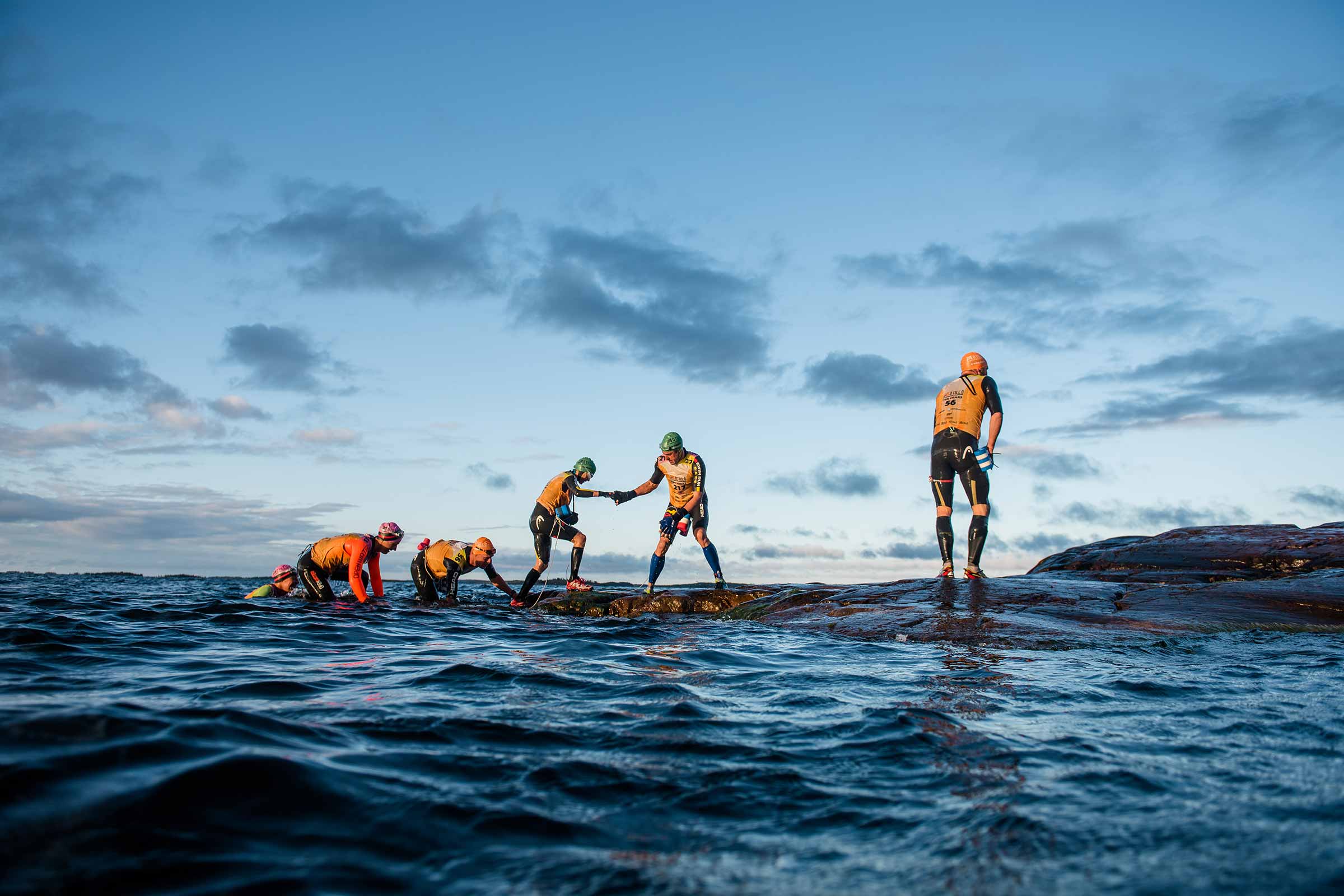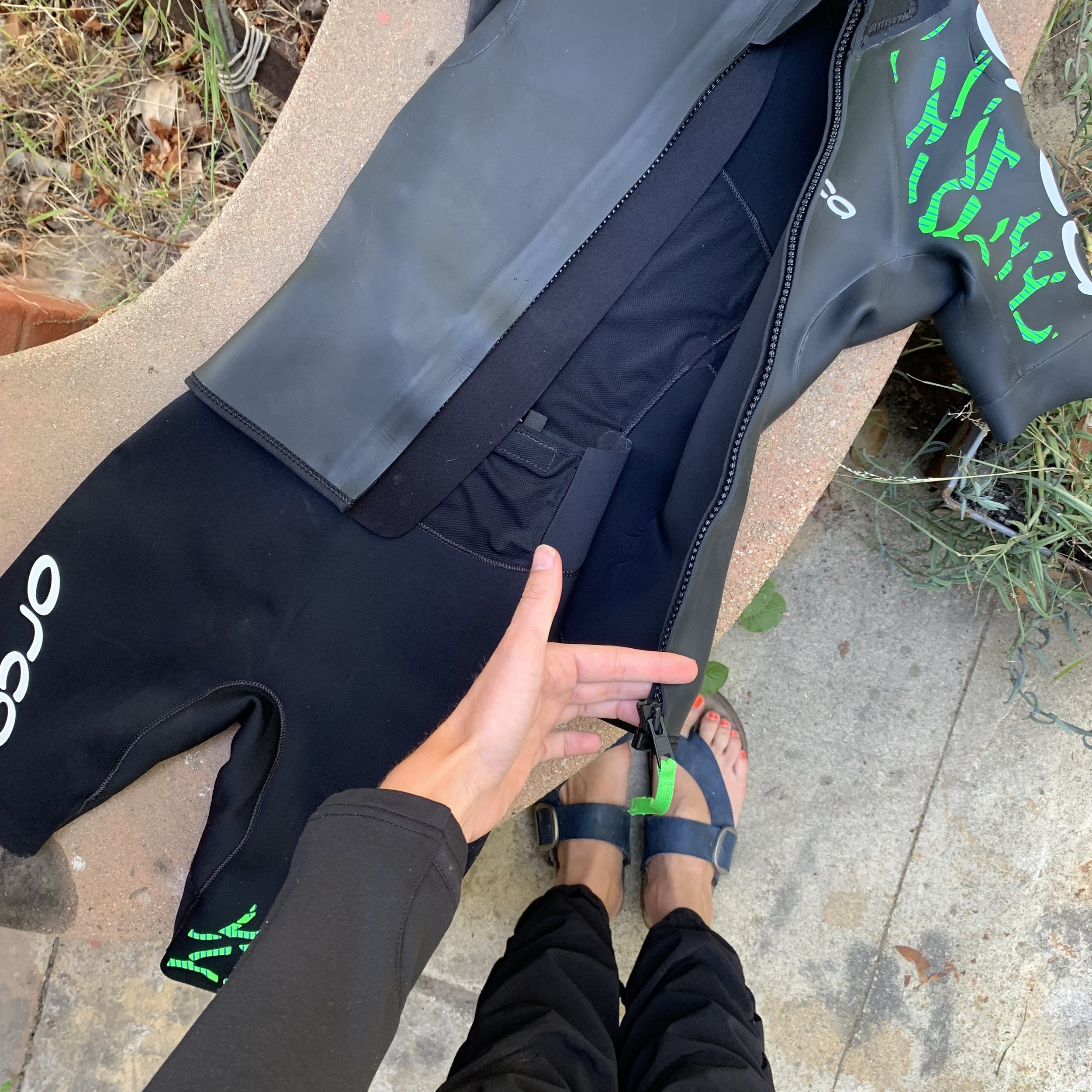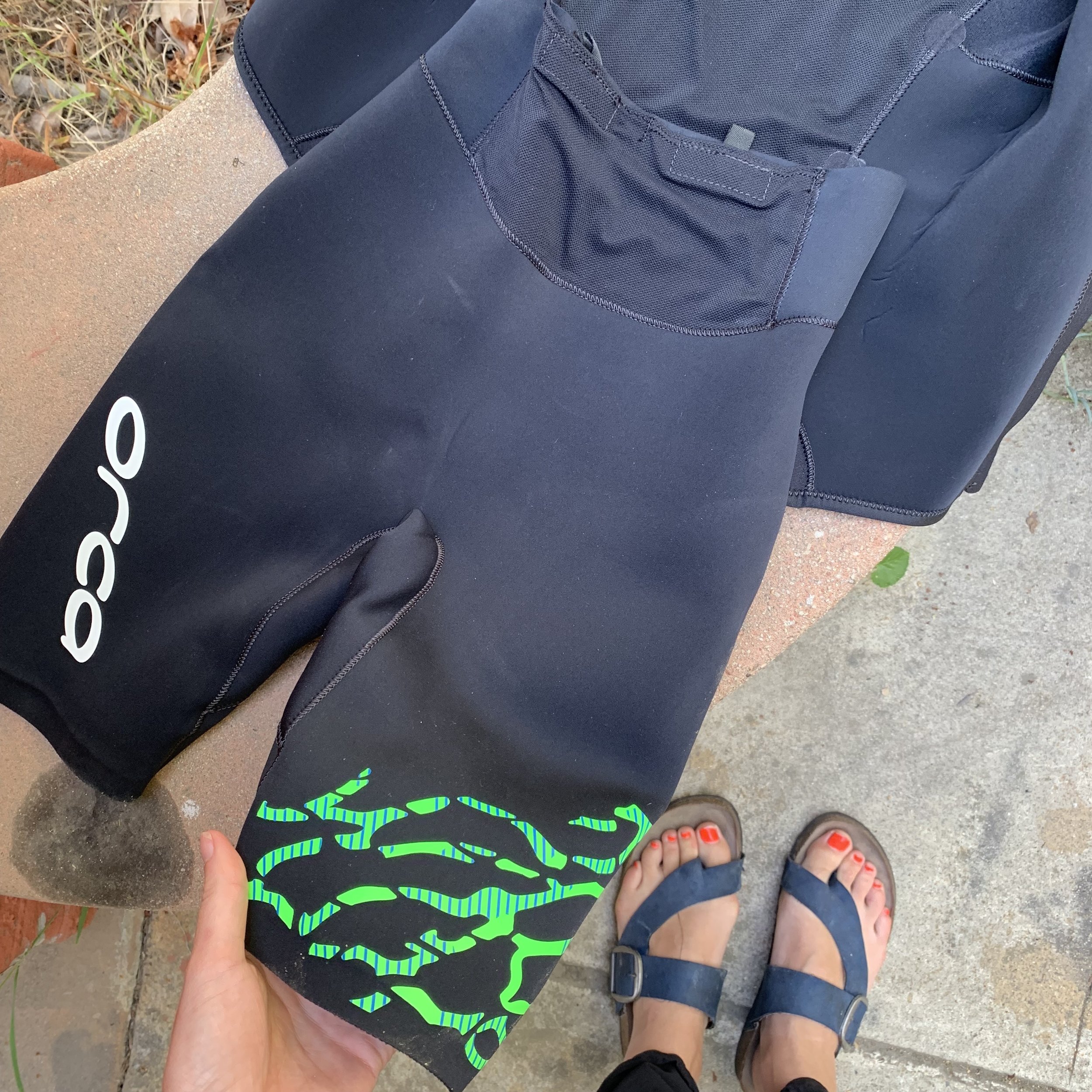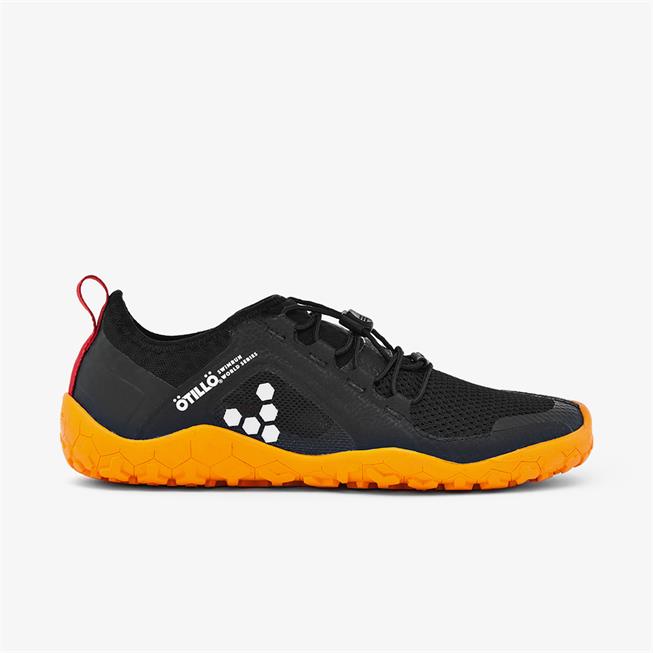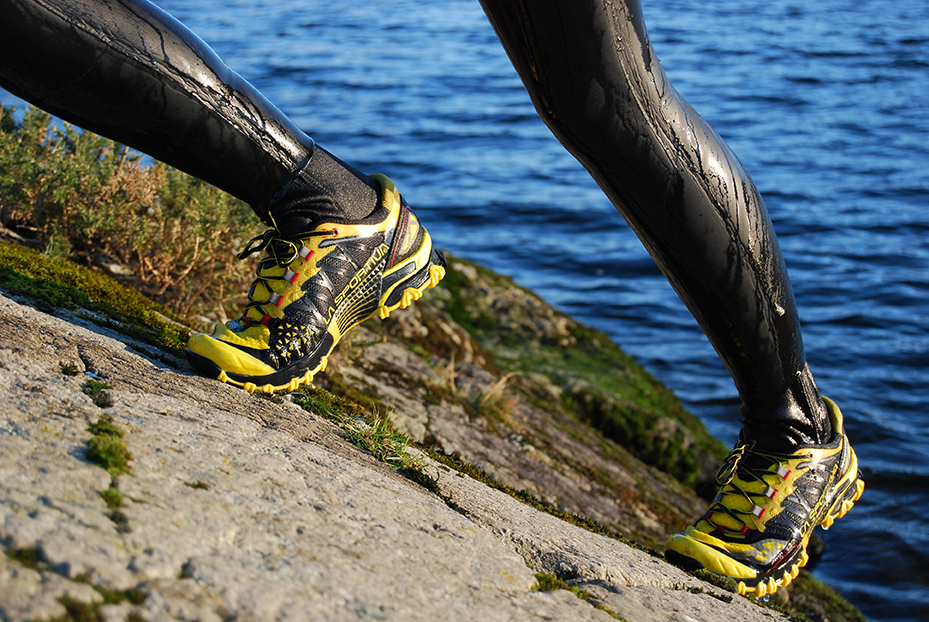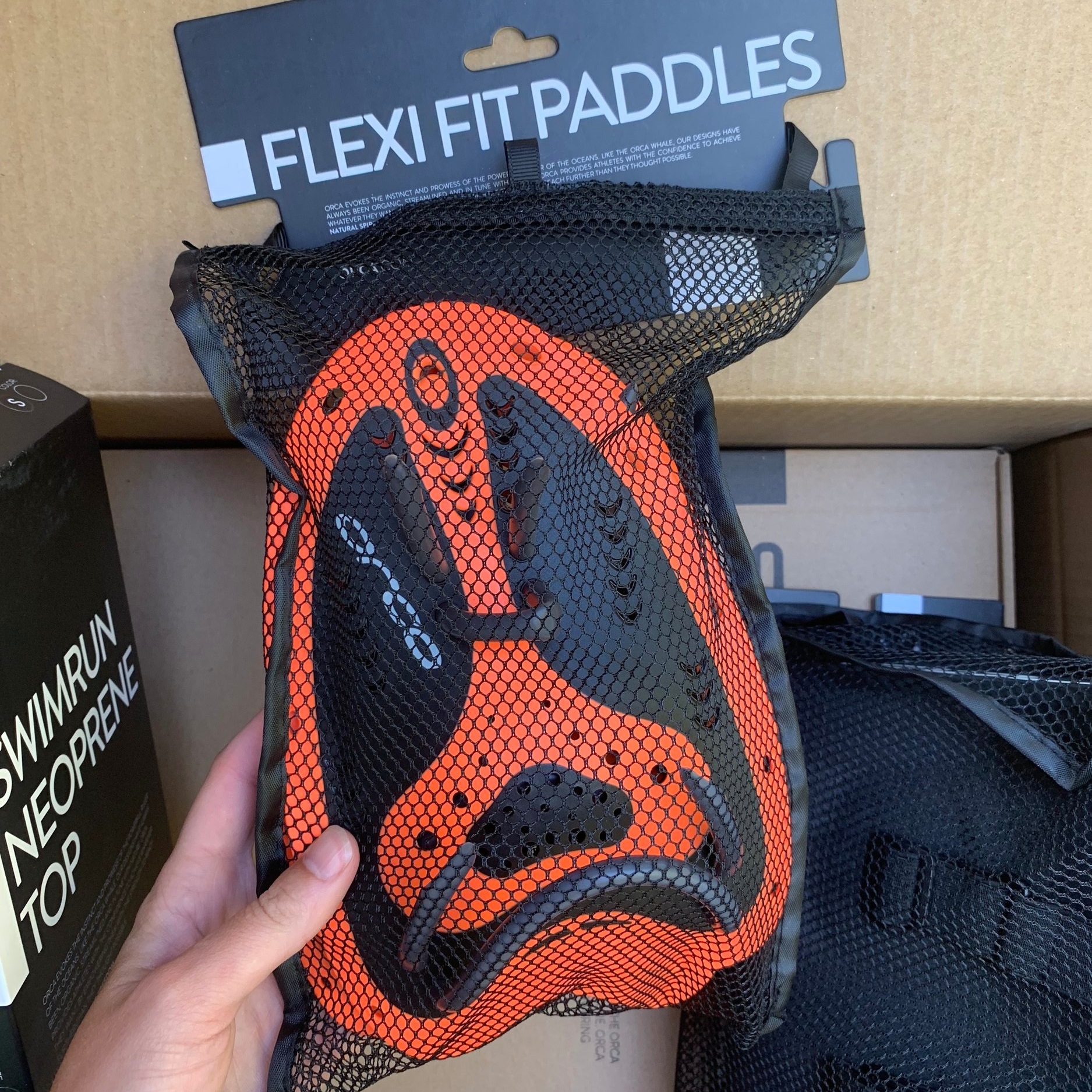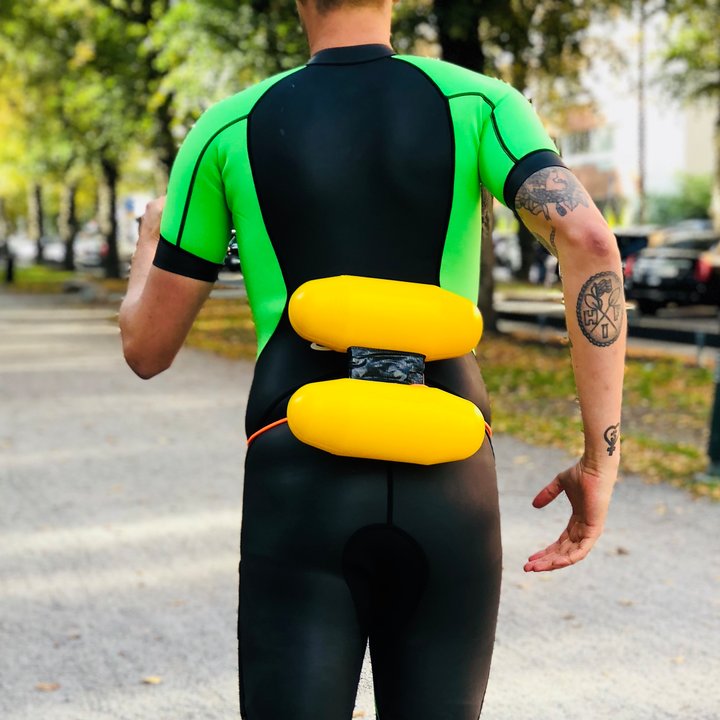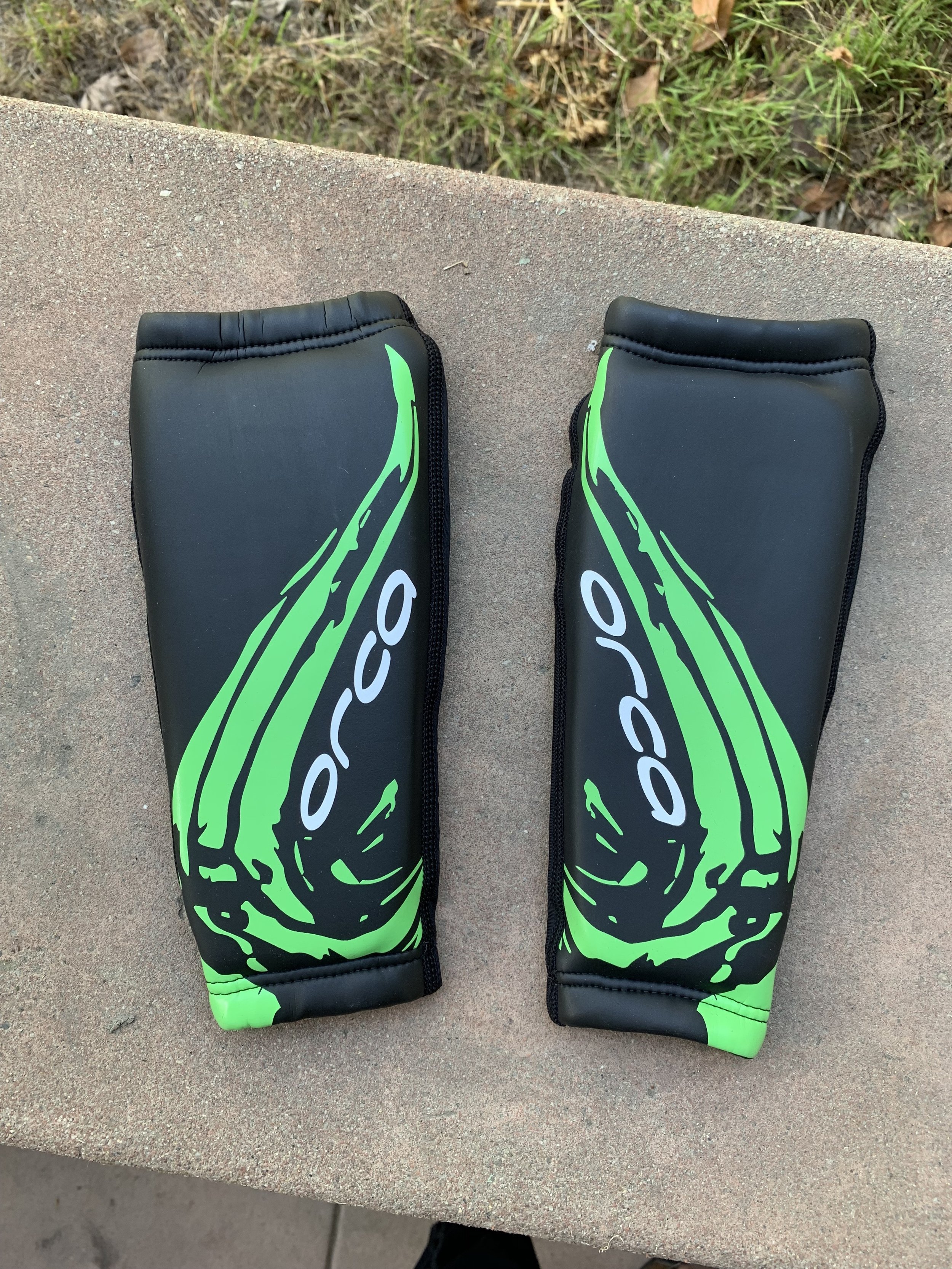Ties, Buoys & Wet Shoes, Oh My! The Wild World of Swimrun
Photo from otilloswimrun.com
A little over 15 years ago on a tiny island in the Swedish archipelago called Sandham, 11 teams of two attempted a feat of endurance that most sane people wouldn’t have ever dreamed of starting. Only 2 crossed the finish line in the allotted time. What was unique about this race is that it never stopped. Continuous running and swimming (and running and swimming and running and swimming). This sport was later given the name “Swimrun” and the inaugural race was referred to as ÖtillÖ (island to island). Fast forward to today, the sport of Swimrun has catapulted into European famedom, with races being offered year round. The largest race organization (and the name for the Swimrun championships in Sweden) is, you guessed it, ÖtillÖ!
So what is all the jazz about? That is what I asked myself when I learned of this whimsical (and WET) sport about a year ago. You don’t stop. Got it. You wear a wetsuit. Yeah, like I haven’t done that before! You swim in your shoes. Wait, what did you say? You are tied to another person. EXCUSE ME? It was at this moment that I began to feel my heart beat quickening, my palms itching. There was something almost forbidden about this style of competition. Something special for the misfits, the dreamers, the friends you have that you politely decline offers to workout with because you don’t know what mountain they will strand you up next. I wanted to drink that Kool-Aid. ALRIGHT, TIE ME UP! Err….I mean sign me up!
THE GEAR
Much like most endurance sports, you need some things to make your training and competition possible. In Swimrun, the gear is very water-focused. A majority of Swimrun races have water temperatures that warrant a wetsuit. A word of caution: you cannot wear just any wetsuit for this style of racing. Swimrun wetsuits are specially designed to not only be partially removed while you are running (because…uhh…did I forget to mention you run in your wetsuit?), but they can carry extra flotation to combat some of the drag of swimming in shoes and being tied to another human.
Next on the gear list: SHOES! Ask five different swimrunners what shoes they wear to race in and you will get five different answers. I have heard stories of people using regular trail running shoes and drilling holes in the bottom for extra drainage. Some people don’t even alter the shoes at all. And on the far other end of the spectrum, there are specially designed “swimrun” shoes by companies like Vivobarefoot. What it ultimately comes down to is comfort and performance. If your shoes can last an entire race without falling off, tripping you, breaking, or giving you otherworldly blisters…that is a good pair of swimrun shoes.
Now begins the section of gear that is a little off the beaten path. Because you will be swimming in shoes, the game of gear becomes “How can I reduce and/or combat the drag?” ANSWER(S): Pull buoys, paddles, and extra flotation. It’s like they took all the fun toys from the pool and put it in open water! Quick tips regarding the paddles and buoys
Unlike in the pool, the cool kids actually DO use the wrist strap on the paddles because you need to carry them while you run! They also double as a helpful turn by turn list of directions for the often complicated and varied courses. You will see most swimrunners writing the swim and trail running distances on their paddles for quick reference in a pinch. Adventure racing BOOOYEAUH.
The two main ways people carry their pull buoys out of the water are the thigh sling or the hip belt. Depending on your grace, poise, and a little bit of luck, you might find that one is substantially more efficient than the other. The thigh sling can result in a lot of unnecessary sliding that costs time in the numerous swim/run transitions. But really…you can mess up either of them LOL! Experiment for yourself. I have even included a photo of a buoy that someone much cooler than me coined as the “Ass Torpedo” :))))))))
EXTRA FLOAT. I’m talking calf sleeves, arm sleeves, and secret pockets in your wetsuit like if Inspector Gadget took up open water swimming. Pictured below is my Orca Swimrun calf sleeves, which have padding and protection to help float my legs AND protect them from scrapes as I scramble onto rocks, trees, and rough shoreline (did I mention the swim to run transitions can get a little hairy? No? Ok moving along).
In summary, there are even more tips and tricks with gear in this crazy sport. Adding flotation pads to your shoes is one that I think is substantially underrated. But as this sport is still relatively new and companies that manufacture products for it are still innovating, your gear list can be as long as you make it.
Partner vs. Solo
Why go solo when you can double the fun? Swimrun is a sport that was conceptualized for partners. You will see different categories in competition for male/male, female/female, & mixed (co-ed) partner teams, as well as those who compete as individuals. Racing solo in swimrun can still be incredibly competitive and challenging. It is a great option if you cannot find a partner as crazy as you. Or you just have a need for speed and you wanna swimrunswimrunswimrunswimrun your way to a podium. Some races will have you tow a person swim buoy for flotation if you opt to race solo. Similarly, solo swimrun athletes may not be allowed to race the longer distances offered to partner teams. Like triathlon, there are multiple distances you can choose at any given event (depending entirely on the area, the layout of the open water, and the terrain for the run course). And remember, you will be hooked up with a tow line to your partner in crime for the race. So choose wisely. You are STUCK with them for a while…
where to race
This section is in progress. My travel company Destination Trilife is currently working on compiling an amazing guide to showcase where you should be signing up for your next Swimrun race. Hint hint: I will be making some pitstops in Vancouver, Norway, Washington state, and off the coast of Los Angeles over the next couple months…follow along on my social media accounts in the meantime to catch some sneak peaks!
Further reading
If you just cannot wait, here are some sites I suggest checking out to wet your swimrun whistle (hopefully you don’t need to use the whistle, please stay on course. Safety first).

